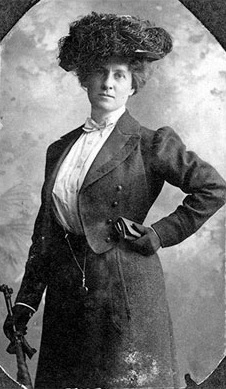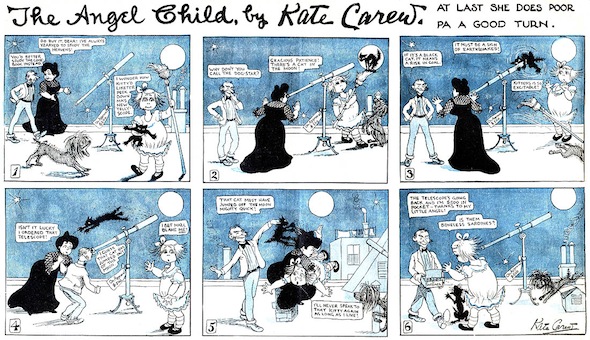Science fiction fandom doesn’t have the best of reputations when it comes to providing safe spaces, so it’s heartening to hear about when a convention gets it right. When twistpeach got harassed, the Arisia concon took her complaints seriously and made sure her harasser was banned (which, it turned out, he was already) and once it became clear that this wasn’t a one-off incident, other cons were warned about him and several followed Arisia’s lead and banned him too. Twistpeach credits Arisia for having created a place in which she felt secure enough to come forward:
I was confident that I was in a safe place, surrounded by people who I could rely upon to back me up. No one will fail to support my right to exist unmolested in space and time, displacing the room for entitled jerks to have free reign. So I don’t have to be afraid. I am not alone. And yes. I have a right to be here.
I have these things because of activists against rape culture, movements against harassment at conventions in general, Arisia’s policy and personnel particularly, feminism, supportive friends, and a culture that has been significantly altered by them. I am so grateful that somebody told me that I have a right to be here. My community supports that right and it is because of them that I have the conviction to stand up for myself. Thank you to all of you who have made me strong enough to be a warrior.
All of this is excellent news, to see that sf conventions can get it right, that anti harassment policies can and do work and that problem individuals can be identified and do have to take the responsibility for their actions. In an ideal world this shouldn’t have been remarkable or newsworthy, but publicising such positive outcomes help both to restore confidence in sf fandom to clean up its own house as well as make clear fandom doesn’t tolerate harassment. Kudos to Twistpeach as well for being confident enough to write about her experiences so honestly.


